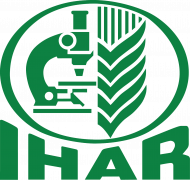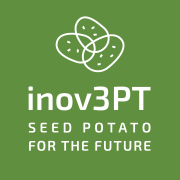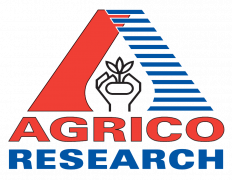Abstract
The nitrite and nitrate in foodstuff and their associated harmful effects are of great concern for human health. More than 80% of human nitrate intake is attributed to the consumption of vegetables and fruits, and for this reason, more attention should be paid to the consumption of such foodstuffs and reduction of nitrate intake. Therefore, this study aimed to determine the variation of nitrate and nitrite content in potato during home preparation, process, and cooking methods, and assessed their health risk in different age groups for the first time in Iran. The nitrite content in all of the samples was lower than the apparatus detection limit so results are reported for nitrate. A total of 471 tubers of potato cultivar Diamant were assessed. The nitrate content was measured based on the tuber weight and also in different parts of potato. The impact of different washing and baking methods on nitrate contents were also assessed. Ion chromatography was employed to determine the nitrate content. The US Environmental Protection Agency (EPA) method covering the determination of nitrate in food was used to assess the health risk associated with potato consumption. The results showed that the average nitrate content was 123.26 mg/kg which was lower than the safe limit of nitrate. The results also showed that the total amount of nitrate in potato peel was 35% higher than in its central parts. Different washing methods could reduce the nitrate amount by 7.79 to 14.73%. Boiling potato could significantly reduce the amount of nitrate by 59.7%, while frying increased it by 52%. There were significant differences among different potato cooking methods in terms of changes in the nitrate content (P ˂ 0.001). This means that exposure in all age groups was less than the standard limits and potato intake was considered safe to all age groups. As there were significant changes in the nitrate content, it was concluded that washing and cooking methods, except frying, were suitable methods to reduce nitrate intake.















